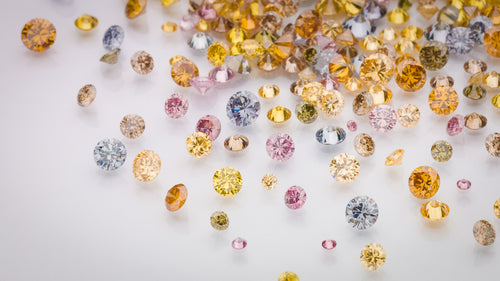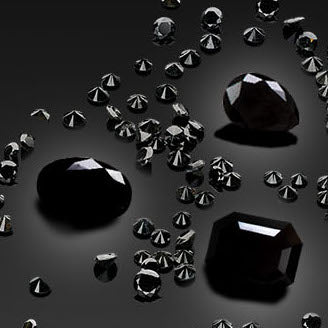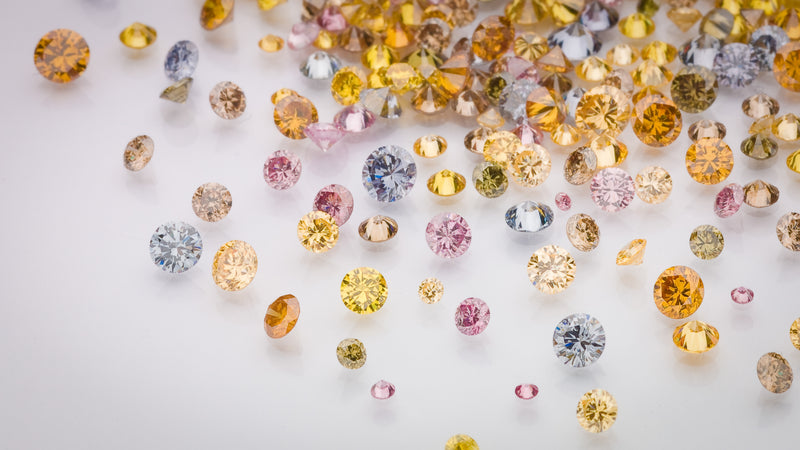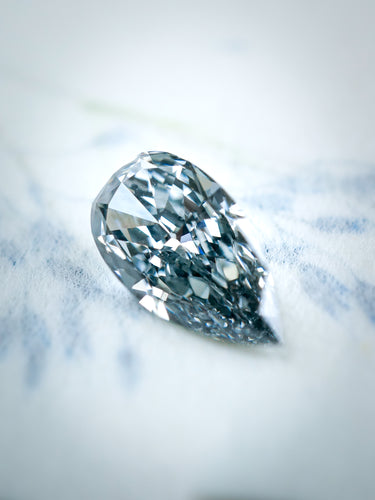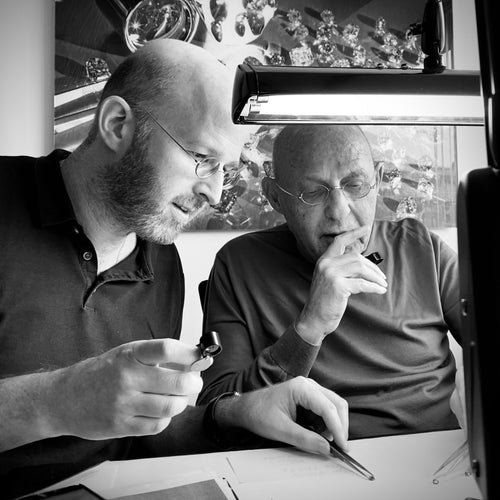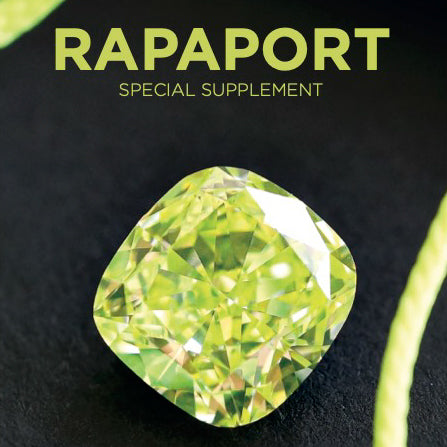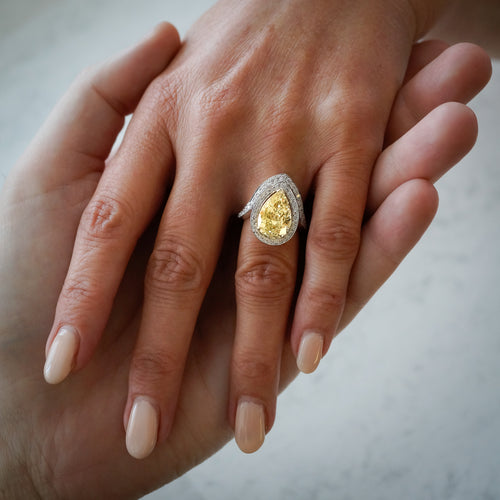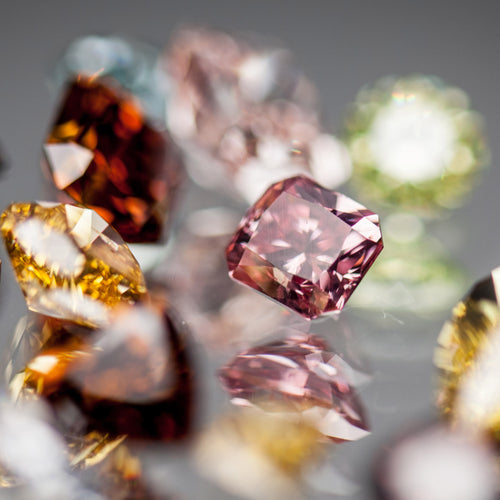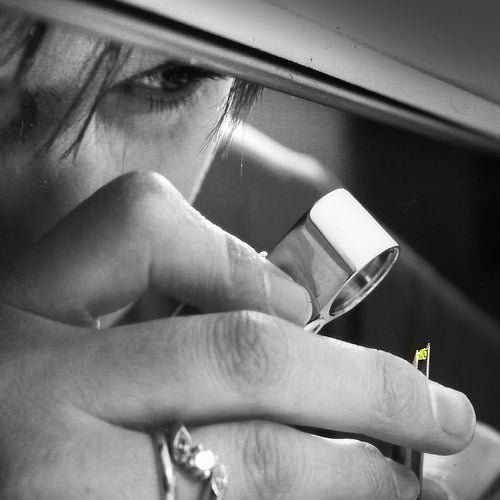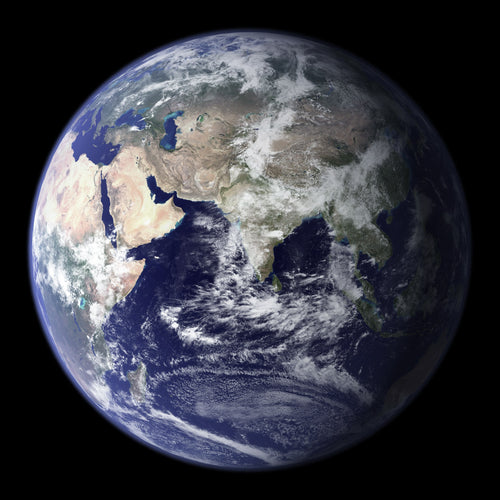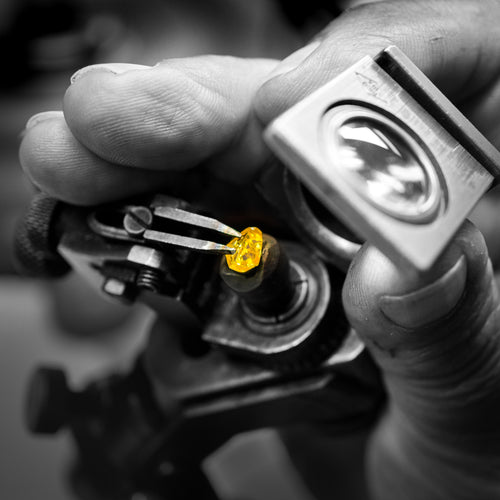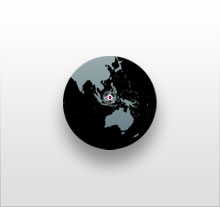
Very little is known about diamond production on the island of Borneo, which dates back to the 10th century. The first written commentaries date from the middle of the 16th century and are attributed to the Portuguese Feran Mindez Pinto. Some say that a 367-carat diamond, called the Matan, was found there in 1789, but much points to the idea that it may have been a piece of quartz. The Dutch West Indies Company was given the monopoly of the diamond market on the island.
River deposits on Borneo were little exploited and are today only a marginal part of the global diamond offer. Some say that this economic stagnation is partly due to the fact that the majority of river deposits (and in particular Kalimantan, the most important mine) are situated on the territory of the Dayak, a people better known as the "head hunters". However, a few companies have recently formed a consortium in order to industrialize the process of alluvial deposit treatment, so a significant growth in supply from Borneo cannot be excluded in the medium term.
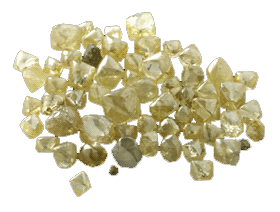
Production on this island mainly consists of diamonds tinted with yellow and brown, but the red, blue and green diamonds that can also be found there are among the most exceptional in the world.
